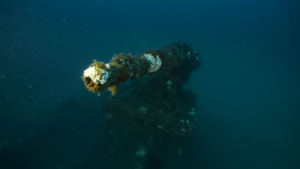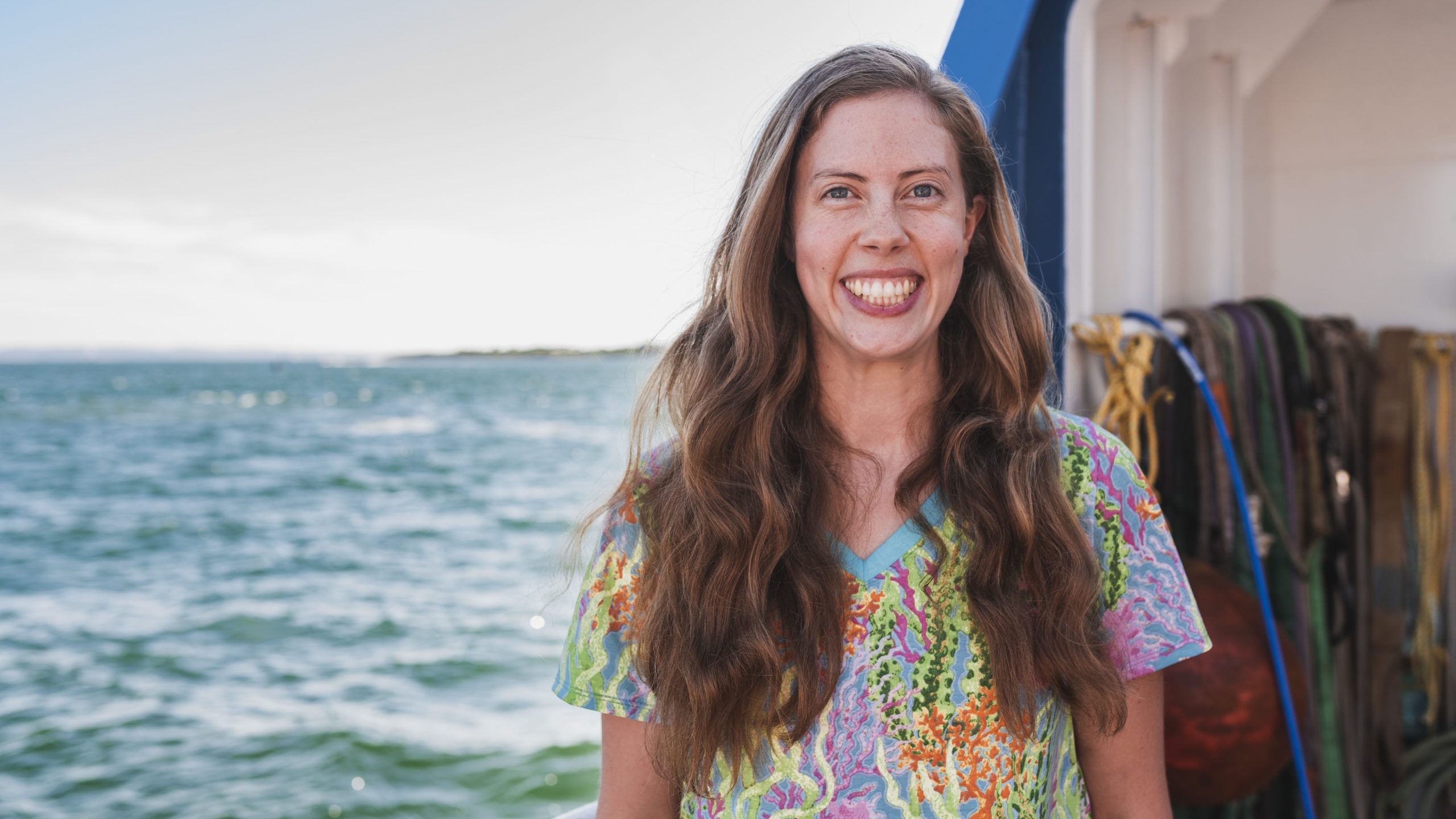Maritime Heritage Ecology: How shipwrecks become oases of biodiversity in a changing ocean
 Shipwrecks are by definition not supposed to exist. Yet, they form seafloor habitats for a wide range of animals – mussels, sea stars, anemones, and fish. Most shipwrecks are surrounded by sand or mud, so they become oases of biodiversity.
Shipwrecks are by definition not supposed to exist. Yet, they form seafloor habitats for a wide range of animals – mussels, sea stars, anemones, and fish. Most shipwrecks are surrounded by sand or mud, so they become oases of biodiversity.
Dr. Kirstin Meyer-Kaiser researches the biological communities that live on shipwrecks. She uses shipwrecks as models to understand the colonization and connectivity of island-like habitats in a changing ocean. Over the last 10 years, this work has taken her to numerous historically significant sites in the Mid-Atlantic Bight, Stellwagen Bank National Marine Sanctuary, Gulf of Mexico, and tropical Pacific. Together with archaeologist Dr. Calvin Mires, Kirstin co-developed an interdisciplinary research framework for understanding shipwrecks: Maritime Heritage Ecology.
Join Kirstin on December 8 as she shares her research on shipwrecks as biological oases. We’ll discover the complex dynamics that shape shipwreck sites over time and reveal how shipwrecks can help sustain biodiversity. Did you know that shipwreck research might even help locate lost military service members? Come explore the intricate world of shipwrecks with Kirstin.


